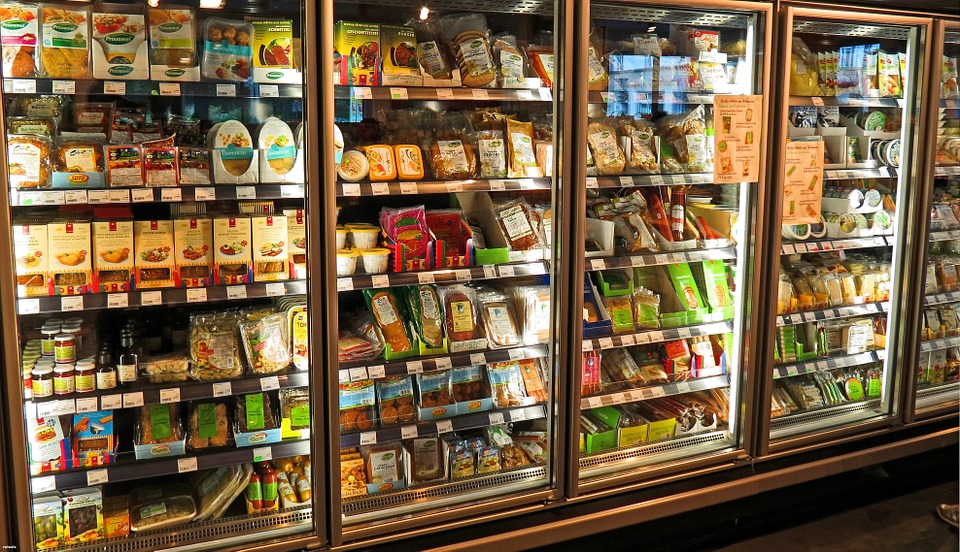
When it comes to food packaging, there’s much more to think about than aesthetics. While it’s only natural to think about the overall design of your packaging, it’s extremely important to consider labelling for the purpose of food allergies, as well as illnesses that can be caused by contaminants within the food packing material.
Avoid lawsuits and lost sales by ensuring that you don’t make these food packaging mistakes.
Mismatched Labels
Of course, it’s only human to make mistakes. However, in the food packaging industry, there really isn’t any leeway when it comes to labelling errors; the wrong label, on the wrong package, can result in a particular ingredient being in a food when it shouldn’t be. Therefore, quality control has to be of an exceptionally high level.
Mismatched labels can occur when more than one type of stock keeping unit (SKU) or product label is printed on the same sheet. Avoid this easily preventable error by printing different SKUs and product labels separately or, alternatively, give every product a unique design to ensure that you’ll notice an out of place label.
Undisclosed Ingredients
According to Food Safety Magazine, there were 764 food recalls in the U.S and Canada in 2016, a 22% increase on 2015. Recalls included common allergens such as milk, eggs, peanuts and wheat; just one of these ingredients missing on a label can cause allergic reactions and, in more severe cases, death.
It’s essential that every single ingredient, no matter how little it is used, is listed on the label to avoid disaster. If you can’t guarantee that your product hasn’t been cross-contaminated with a particular ingredient, then use appropriate advisory labelling, such as ‘May Contain X’ to cover your back.
False Product Information
This may sound like common sense, but you can’t falsely label a product. For example, processed cheese cannot be labelled as cheese if it doesn’t hit certain criteria. The FDA stipulates how cheese products can be labelled based on their cheese ingredient, moisture content, and milkfat.
Before you label your food, ensure that you look into the ingredients and processing method to avoid falsely marketing a product with inaccurate information.
Ink Contaminants
You need to ensure that the ink you use on your food packing material is approved for use with food. Not all ink is approved so, if it comes into contact with the food, chemicals and odours can easily be transferred. In fact, even if the food doesn’t come into direct contact with the ink, it’s possible for the ink to migrate through the material.
The Food Standards Agency (FSA) has carried out a risk assessment on printing inks and it’s safe to say that these can be used with food. However, even if inks are approved for use with food, they may be soy-based (a common food allergen). Use appropriate coatings to make sure that the ink doesn’t come into contact with the food surface.
Another solution is to provide a barrier between the ink and the product to completely avoid contamination altogether.
If you’re in the process of designing food packaging, then be sure to bear these points in mind; you’ll protect your customers as well as your business.
If you haven’t already found the appropriate materials to package your foods, browse and shop our packaging solutions here at Charlotte Packaging. You’ll find a wide range of products that’ll suit your needs.
Recommended Reading:
5 Tips to Effective Product Packaging for Your Small Business
The Most Misleading Food Packaging Labels
